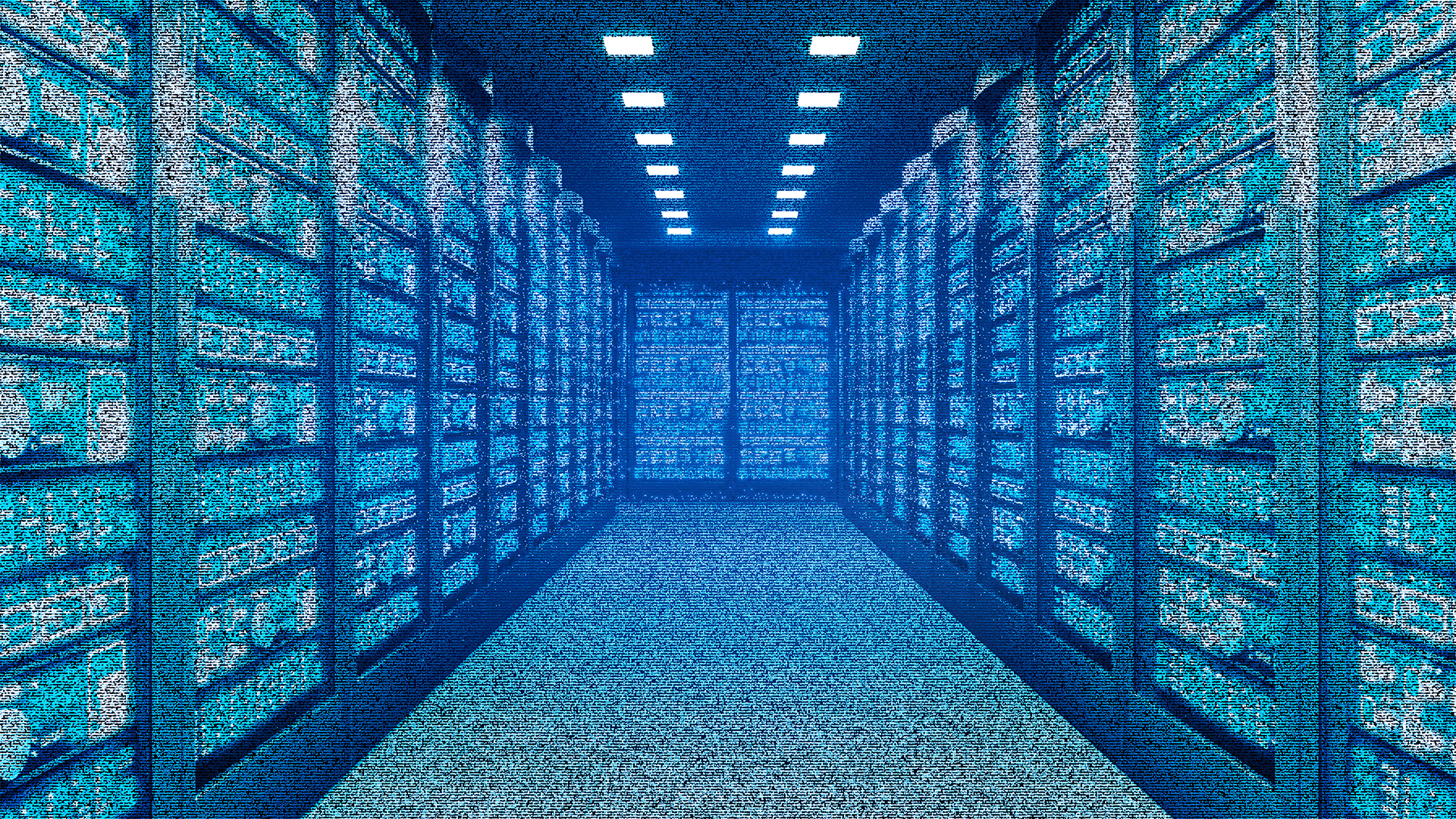Just 10 tech companies are responsible for half of all data center energy consumption
Rising emissions have prompted yet more calls for action from big tech companies


Emissions from four leading AI companies increased by 150% since 2020, with electricity consumption by data centers up by 12% annually — four times faster than global growth.
That's according to a report from the International Telecommunication Union (ITU), part of the United Nations (UN). Those figures only go up to 2023, the most recent year of full data, the ITU noted, so the more recent acceleration of AI is likely to be using much more energy and causing even more emissions.
AI is predicted to use as much energy as Japan by 2030, according to a report earlier this year by the International Energy Agency, but only 13% of firms are tracking their AI energy use, according to another study.
The rise in energy demand is sparking concerns about whether aging grids can keep up, while tech companies themselves have begun investing in their own power sources, including nuclear.
According to the ITU report, electricity consumption was up 12% per year from 2017 to 2023, and the 164 digital companies that reported their electricity consumption accounted for 2.1% of the global total of electricity use — with just ten companies making up half of that.
The US had the largest share of global data center electricity consumption at 45%, followed by China at 25% and Europe at 15%.
Although tech companies promote their renewable energy efforts, greenhouse gas emissions made up 0.8% of all global energy-related emissions in 2023, a 1.4% increase from the year before.
Sign up today and you will receive a free copy of our Future Focus 2025 report - the leading guidance on AI, cybersecurity and other IT challenges as per 700+ senior executives
The companies assessed in the report have a carbon footprint above the combined emissions of Argentina, Bolivia and Chile, and the data collected in the report shows the industry is falling short of wider calls to cut emissions by 45% by 2030.
The top ten emitters from the sector make up 53% of all direct emissions, known as Scope 1 emissions.
"Advances in digital innovation — especially AI — are driving up energy consumption and global emissions," said ITU Secretary-General Doreen Bogdan-Martin.
Some improvements to data center energy consumption
There were signs of improvement, despite the AI driven increases — indeed, the ITU noted a rise in efforts to make AI infrastructure more efficient, pointing to Google's sixth-gen TPU that uses 67% less energy.
Of the 200 digital companies included in the report, 23 were using 100% renewable energy, up from 16 the year before. And 49 released climate reports, while 110 publish Scope 3 targets on indirect emissions from their supply chains.
"Digital companies have the tools and influence to lead the global climate transition, but progress must be measured not only by ambition, but by credible action," said Lourdes O. Montenegro, Director of Research and Digitisation at the World Benchmarking Alliance.
"This report provides a clear signal to the international community: more companies are stepping up, but emissions and electricity use continues to rise."
The report called for the tech industry to strengthen its data verification on climate reporting, disclose the full environmental footprint of their AI operations, and continue increasing adoption of renewable energy.
"Despite the progress made, greenhouse gas emissions continue to rise, confirming that the need for digital companies to adopt science-aligned, transparent, and accountable climate strategies has never been greater,” said Cosmas Luckyson Zavazava, Director of ITU's Telecommunication Development Bureau.
“ITU's work in monitoring the environmental impact of the sector is a crucial step towards achieving a sustainable digital transformation.”
MORE FROM ITPRO
Freelance journalist Nicole Kobie first started writing for ITPro in 2007, with bylines in New Scientist, Wired, PC Pro and many more.
Nicole the author of a book about the history of technology, The Long History of the Future.
-
 Trump's AI executive order could leave US in a 'regulatory vacuum'
Trump's AI executive order could leave US in a 'regulatory vacuum'News Citing a "patchwork of 50 different regulatory regimes" and "ideological bias", President Trump wants rules to be set at a federal level
-
 TPUs: Google's home advantage
TPUs: Google's home advantageITPro Podcast How does TPU v7 stack up against Nvidia's latest chips – and can Google scale AI using only its own supply?
